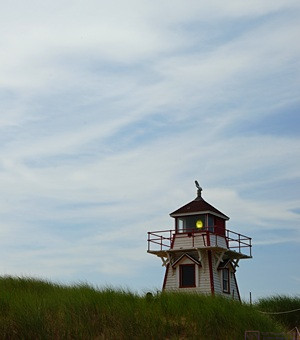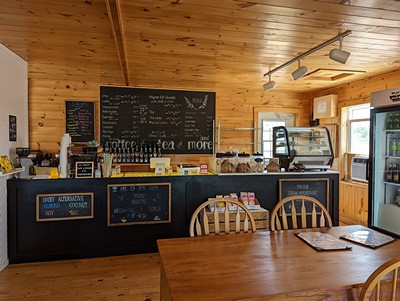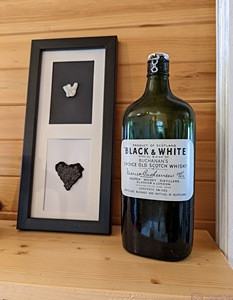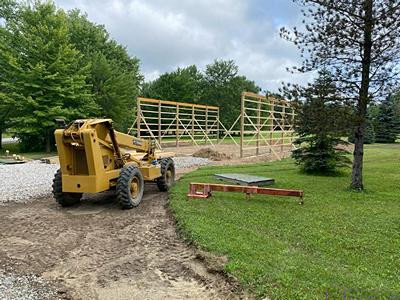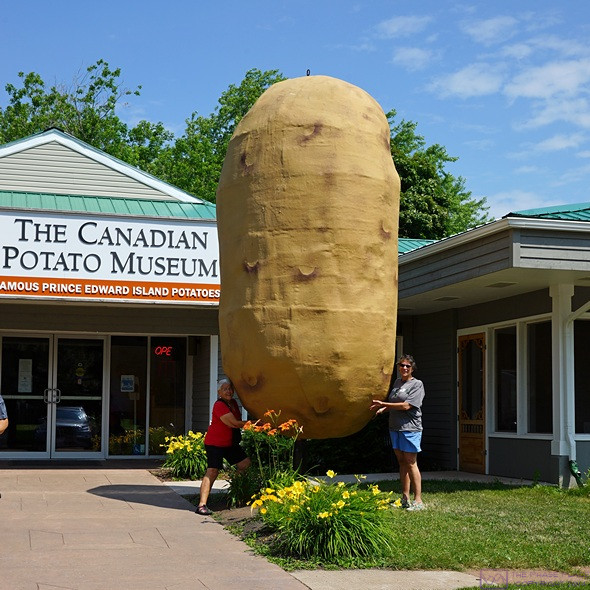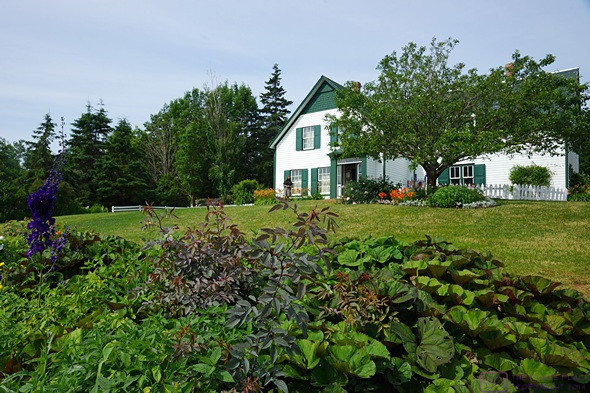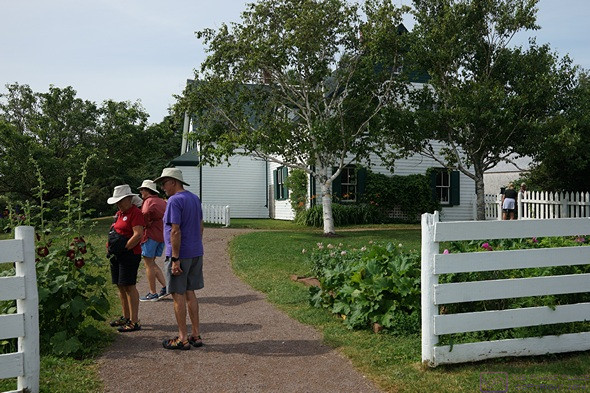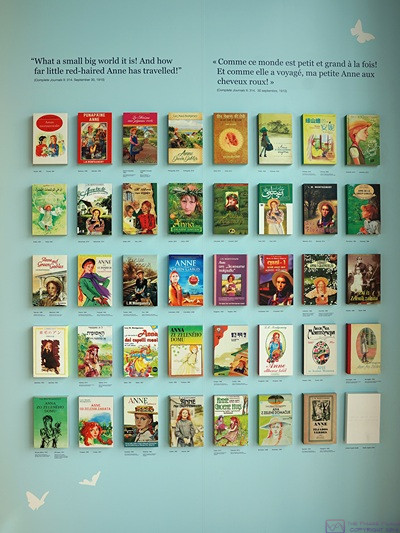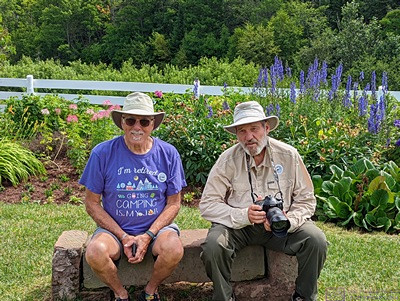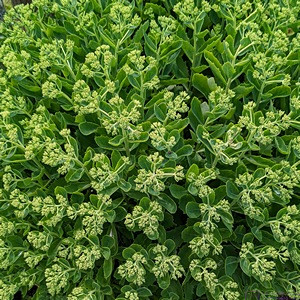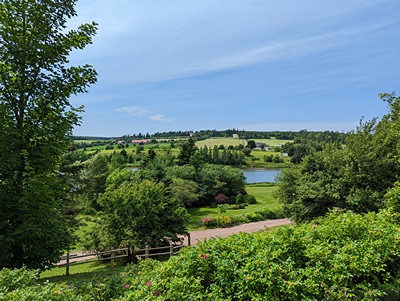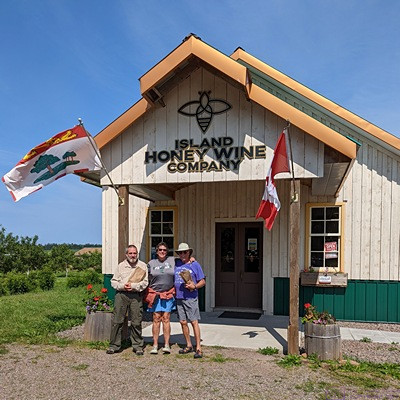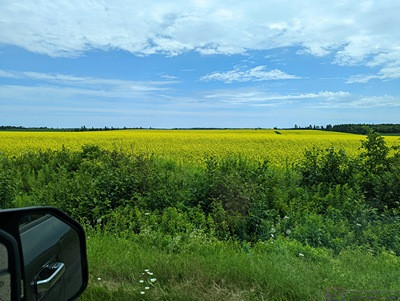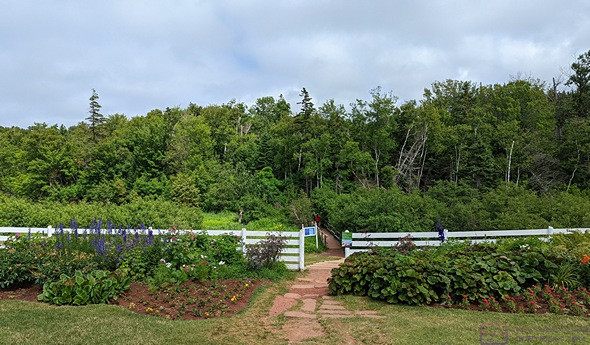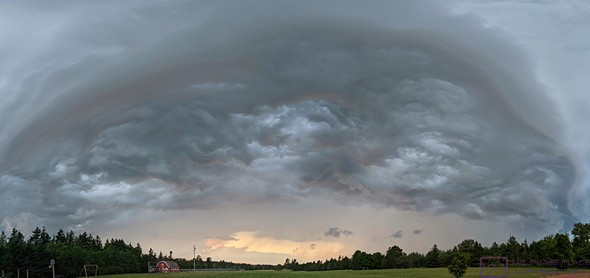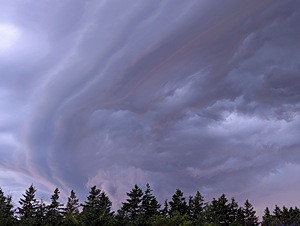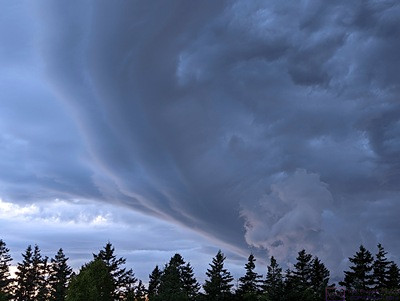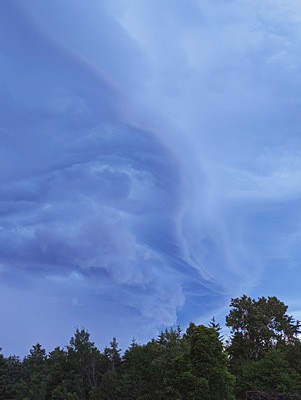MONDAY 18 July
My objectives for today were to: 1) Sightsee the eastern third of Prince Edward Island, including PEI-NP units and Charlottetown; 2) Top up the fuel in the truck, and; 3) finally make it into a Tim Horton’s and buy a donut. I know, I know, they’re not vegan. But, it’s Tim Horton’s, in Canada. You just have to.
During our morning coffee Linda checked the weather forecast, which is part of her morning routine. It indicated rain starting around 3 AM (tomorrow morning) with percentages in the high 90’s past the check-out time of 11 AM. That added a 4th objective, to do as much outside departure preparation as possible this evening, including packing the truck and positioning it in front of the hitch. The forecast also showed rain throughout the day at our destination, about three hours away, so it looks like we will be hitching up and unhitching in the rain. Oh well. No complaints; we have had marvelously good weather up to this point in our journey.
Paul and Nancy had other things to do today, so we left at 9:30 AM and went exploring on our own. We headed east on Hwy 6 almost immediately pulled into Avonlea Village just to see was it was about. We decided we would stop there for a closer look on the way back to camp. We continued on Hwy 6, and made our way to the Brakley Beach in the Dalvey-by-the-Sea section of Prince Edward Island National Park.
It was a short walk to the beach on a nice boardwalk, but we noticed quite a few people heading back towards the parking lot with identical badge holders and headphones plugged into devices around their necks. I stopped a gentleman who looked like he might talk to me to see if they were part of a tour. They were, but not just a tour, a Road Scholar tour. In yet another episode of “it’s a small world after all,” it turned out they were from Birmingham, Michigan. His wife joined him, and we had a nice chat, and learned to Road Scholar is the rebranded Elderhostel program.
We continued on Hwy 6 to its terminus at Hwy 2 and continued east. Our next destination was the Greenwich section of PEI-NP. To get there, we had to go around the tip of St. Peter’s Bay and through the town of St. Peters. We spotted a sign for the Black & White Café and Bakery, saw it as we entered town, and pulled in to have lunch.
Their vegan offering was a Vegan Grilled Cheese sandwich. That might sound ordinary, but it was not. House-made Rye bread, Tomato Jam and a Pesto Fauxmage, with a consistency similar to hummus. It was unusual, interesting, unexpected, and absolutely delicious. The name of the café, btw, was inspired by BLACK & WHITE Choice Old Scotch Whiskey, a bottle of which was on display. After lunch we continued on to the Greenwich section of PEI-NP and when for a short (1.1 Km) hike. By this time the temperature had already topped 80 degrees F, and we did have time for a longer walk.
We back-tracked to St. Peters and saw a road sign that informed us this was the place where immigrants from Scotland first settled on PEI. That explained some of the other town names and street names we had been seeing in this part of the island. We continued on Hwy 2 to its junction with the beginning of Hwy 4 and headed south towards Montague but turned west on Hwy 3 before getting there. Hwy 3 ended at a junction with Hwy 1, the Trans-Canada Highway, which we followed west into Charlottetown.
Charlottetown is THE major city on PEI and I wanted to have quick look. We managed, quite by accident, to find the old/historic part of town. Most of the city, however, was pretty much like any other city its size (~36,000) with many of the same chains of stores we see in the USA. The island itself has a population of ~165,000. PEI is the smallest Canadian Province, in terms of both area and population but is, in fact, the most densely populated. Driving around it feels very sparsely populated outside of Charlottetown.
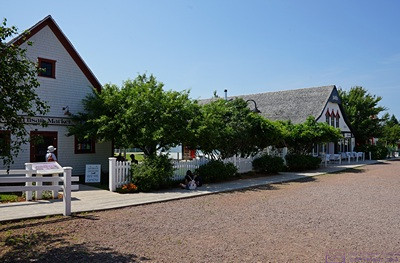
Avonlea Village.
Building at left is the actual schoolhouse (relocated) where L. M. Montgomery taught.
We took Hwy 2 west out of Charlottetown to Hwy 13 north to Cavendish. I topped up the fuel tank at the Petro Canada at the intersection of Hwy 13 and Hwy 6. We stopped at Avonlea Village, walked around and took a few photos. The “village” consists of a few old/authentic buildings and modern constructions done in the style of the late 19th century. The buildings are all retail outlets now for things like coffee, hamburgers, ice cream, and artisanal artifacts. Of interest to us was one of the old buildings which had been the schoolhouse where Lucy Maud Montgomery taught in the 1890’s. We didn’t buy anything and headed back to camp, which was literally walking distance from where we were parked.
We were back in camp around 3:45. Linda gathered up a load of laundry and we took it to Paul and Nancy’s rig. We will eventually have to use campground laundry facilities, which is fine, but we appreciate having access to their residential washer and dryer until then. I returned to our trailer to work on photos.
It was warm again today, so dinner was a cold ramen noodle salad that Nancy prepared while we were out exploring, and the leftover potato salad. Cold dishes are particularly satisfying on warm, summer days.
I did not want to take care of departure preparations in the dark tonight or the rain tomorrow, so I returned to our trailer to take care of as much of this as I could. Linda returned with a basket of clean laundry. She finished washing a few dishes and then walked to the office with Nancy to return the gate cards and get their $20 deposits back. I added water to the fresh water tank so we don’t have to hook up in the rain at the next campground. I then dumped the black and gray tanks and put the waste hose and fittings away. I backed the F-150 up close to, and aligned with, the trailer hitch. I disassembled the fresh water treatment system and Linda help put everything away. There is still more to do to get ready to leave, both inside and outside, but this will greatly reduce the amount of outside time.
We returned to Nancy and Paul’s rig and enjoyed the campfire. As the sun set, the temperature dropped. Eventually the fire was no longer able to keep the chill away so we took our camp chairs and went home. We put away the clean laundry, remade our beds, spent a little time with our electronic technology (reading and writing) before going to bed.
…
